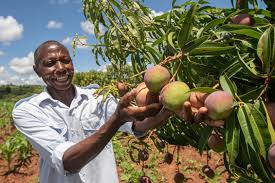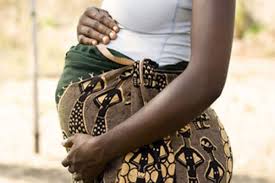As former U.S. President Donald Trump imposes high tariffs on African imports — some as steep as 50% — Kenya and Uganda have chosen to respond not with retaliation, but with stronger regional cooperation.
Trump’s new trade policy, introduced in July 2025, placed a 10% base tariff on all African imports to the U.S., with South Africa, Nigeria, and Lesotho facing the highest penalties. While Kenya and Uganda were not hit hardest, their key exports like tea, flowers, and coffee were still affected by the new charges.
Instead of waiting on global powers, Kenya and Uganda are turning to each other to boost their economies and reduce dependency on unstable global trade.
During a bilateral meeting in Nairobi, Kenyan President William Ruto and Ugandan President Yoweri Museveni instructed their trade ministers to act fast. Their goal: remove all trade barriers standing in the way of cross-border business.
In response, top trade officials — Kenya’s Lee Kinyanjui and Uganda’s Wilson Mbadi — met in July and again in August to identify and eliminate trade issues. These included:
Border delays
Excessive checkpoints
Discriminatory taxes
Logistical backlogs
By the end of August, both sides agreed to several key steps to make trade between the two countries easier and cheaper:
All goods between Kenya and Uganda will now be classified as “transfers” rather than “imports.”
This means no import taxes, which reduces business costs.
Border efficiency improvements at Malaba and Busia:
Border operations will now run 24/7.
Truck traffic will be reduced to no more than 4 km in Malaba and 500 meters in Busia.
New infrastructure projects include:
Completion of the Suam One Stop Border Post
Road upgrades at Lwakhakha
Installation of scanners for faster cargo checks
Creation of a joint technical committee to monitor progress and resolve new challenges.
Trade between Kenya and Uganda has long been vital. In 2024:
Uganda accounted for 65.6% of all goods transiting through Kenya’s Mombasa Port.
Kenya exported KSh125.9 billion worth of goods to Uganda.
Imports from Uganda dropped slightly from KSh41.2 billion in 2023 to KSh37.7 billion in 2024.
This new partnership aims to protect and grow that trade, especially as outside markets become more unpredictable due to global politics.
By focusing on regional cooperation and removing internal trade barriers, Kenya and Uganda are setting an example for the rest of Africa. Instead of reacting with hostility to external trade challenges, they are strengthening local ties and building resilience from within.
As global dynamics shift, East Africa may just be showing the continent how to take control of its economic future.



